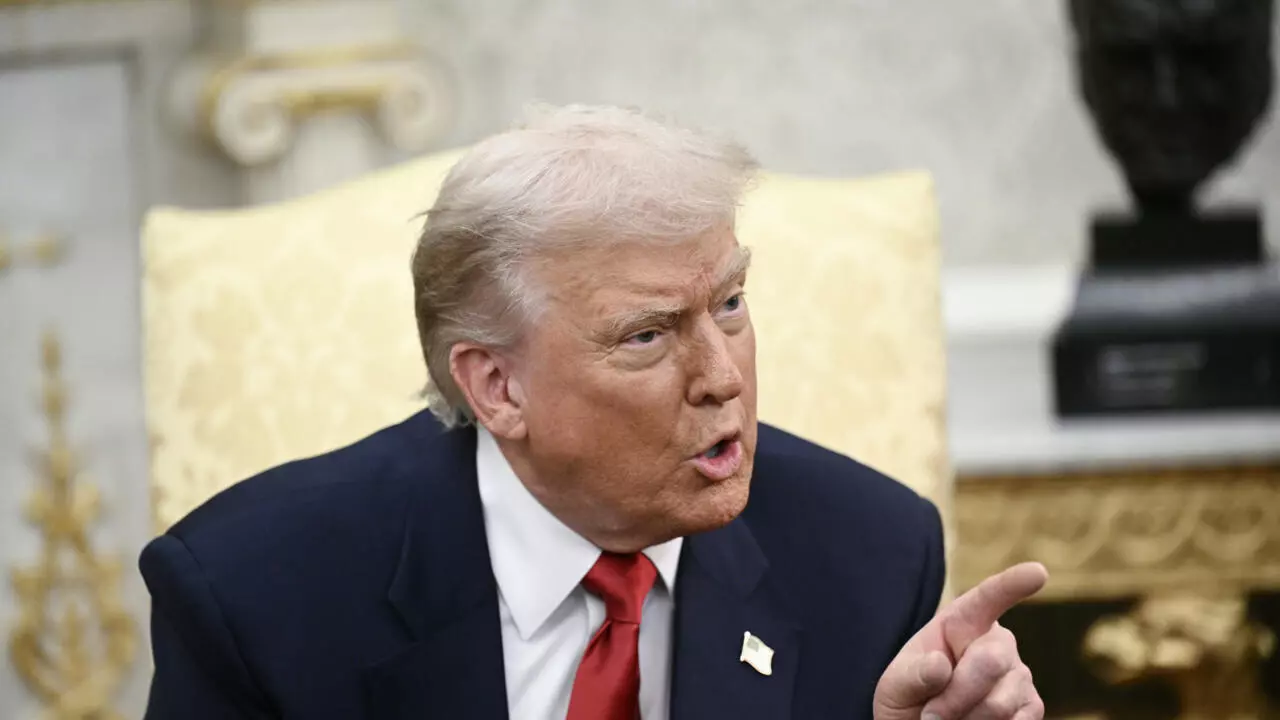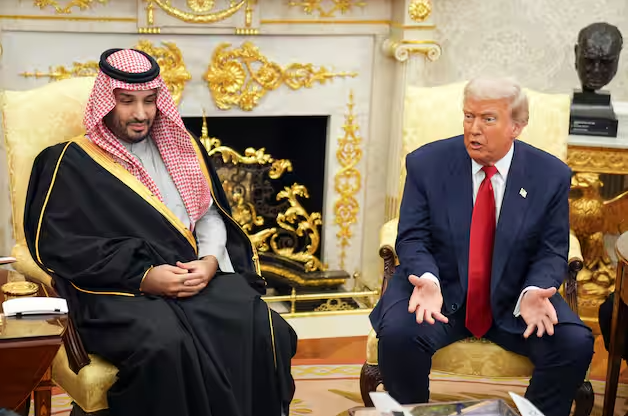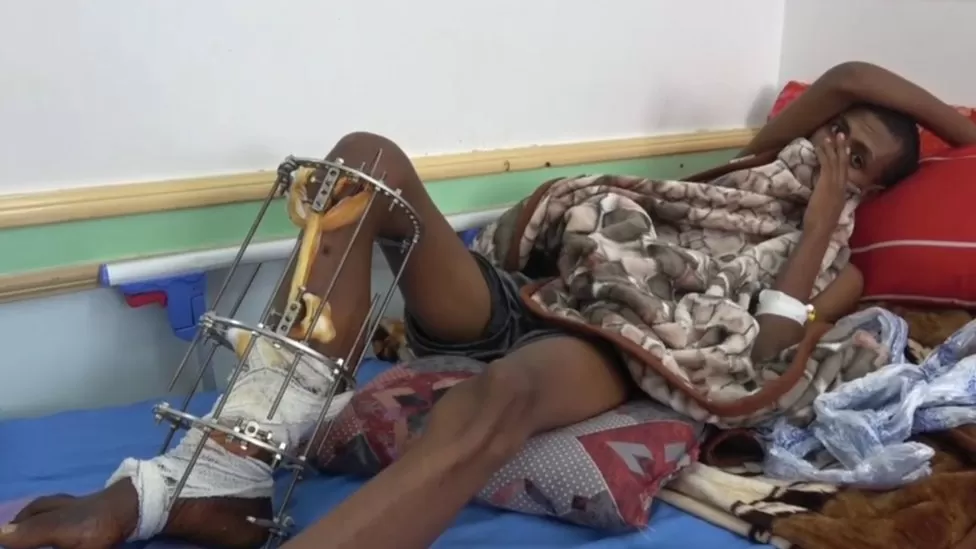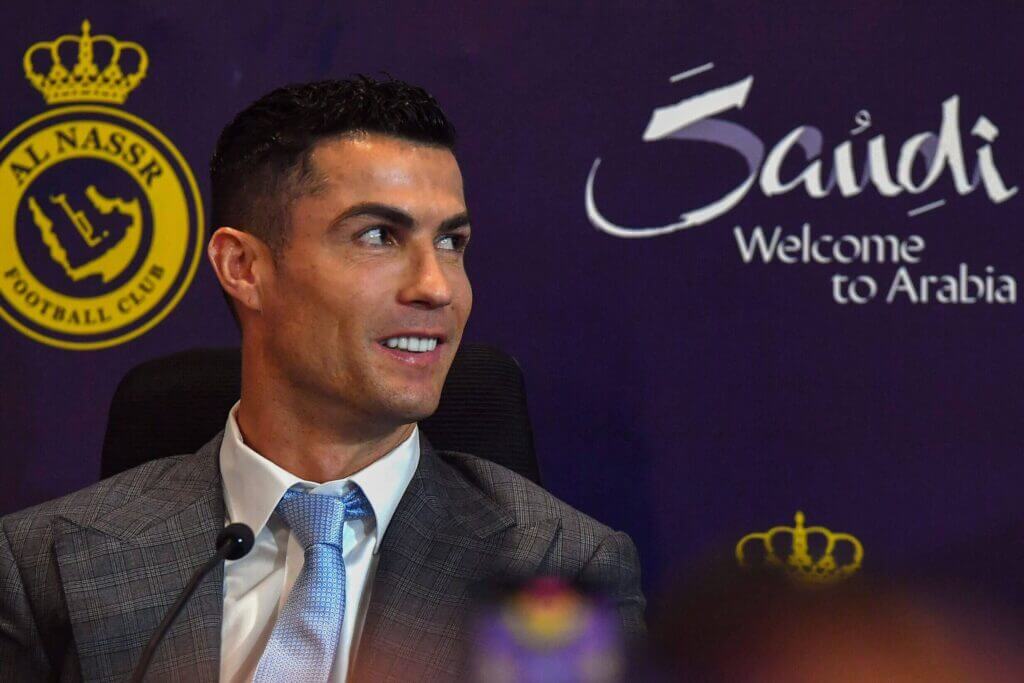
This article is more than
8 year oldSaudi Arabia in huge military arms deal with the United States and Russia
SAUDI Arabia has been quietly planning to build its own military empire and over the last week, it’s announced how it plans to do so.
With Donald Trump and Vladimir Putin’s help.
Despite increasing criticism over the United States’ military sales to Saudi Arabia, the US State Department has paved the way for the potential purchase of controversial — and expensive — military equipment.
On Saturday, the US State Department announced the approval to sell Saudi Arabia 44 THAAD anti-missile defence systems, 360 interceptor missiles, 16 mobile fire-control and communication stations and seven THAAD radars at an estimated price tag of $US15 billion, according to a press release from the Pentagon’s Defence Security Cooperation Agency.
The sale, supplied by Lockheed Martin and Raytheon — also includes 43 trucks, generators, electrical power units, communications equipment, tools, test and maintenance equipment and “personnel training and training equipment”.
The department said the sale of the equipment to the Saudi people would help provide a balance to a relatively unstable environment in the Gulf and to help the US forces enlarge its allied grip on the region.
“THAAD’s exo-atmospheric, hit-to-kill capability will add an upper-tier to Saudi Arabia’s layered missile defence architecture.”


Meanwhile, King Salman of Saudi Arabia has entered into a preliminary agreement to purchase Russia’s S-400 surface-to-air missile defence system, he announced in Moscow last week.
The king has been visiting Russian President Vladimir Putin in talks over oil and Syria, Saudi’s al Arabiya television reported. It is the first visit of a Saudi monarch to visit Mr Putin.
It is expected the sale will beef-up security in the nuclear-hungry Middle East.
The US sale has not yet “concluded”, it confirmed. US Congress has 30 days to object.
The THAAD — Terminal High Altitude Area Defence — missile system is used to defend against incoming missile attacks and “is one of the most capable defensive missile batteries in the US arsenal and comes equipped with an advanced radar system”, according to AFP.
“This sale furthers US national security and foreign policy interests, and supports the long-term security of Saudi Arabia and the Gulf region in the face of Iranian and other regional threats,” the State Department said in a statement.

Despite increasing coverage over Saudi Arabia’s involvement in the September 11, 2001 attacks, the two countries share an interest over Iran’s ballistic missile program in the Middle East.
“This proposed sale will support the foreign policy and national security objectives of the United States by improving the security of a friendly country,” the statement read.
“This potential sale will substantially increase Saudi Arabia’s capability to defend itself against the growing ballistic missile threat in the region.”
US President Donald Trump is expected to announce new US responses to Iran’s missile tests — which Iran sees as an essential defence — support for “terrorism” and cyber operations as part of his new Iran strategy, the White House said on Friday.
#US State Dpt approve est $15bn #SaudiArabia THAAD missile defence request (inc 44 launchers, 360 interceptor missiles & 7 AN/TPY-2 radar) pic.twitter.com/h058LqrDYs
— Joseph Dempsey (@JosephHDempsey) October 6, 2017
The US has already deployed THAAD to South Korea in defence of North Korea’s short-range missiles, which has angered China for interfering. Saudi Arabia’s neighbours, Qatar and the United Arab Emirates, have also been supplied THAAD systems.
The US deal is believed to be part of a $110 billion arms package promised by President Trump to the Saudi kingdom during a visit in May.
— youngma@news.com.au




